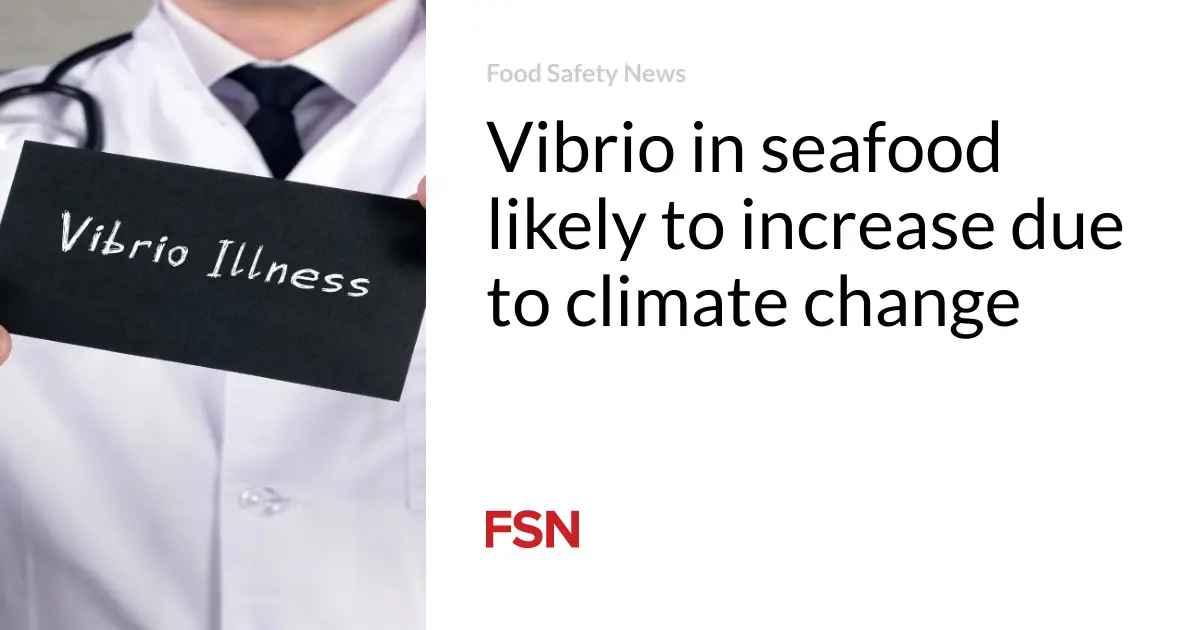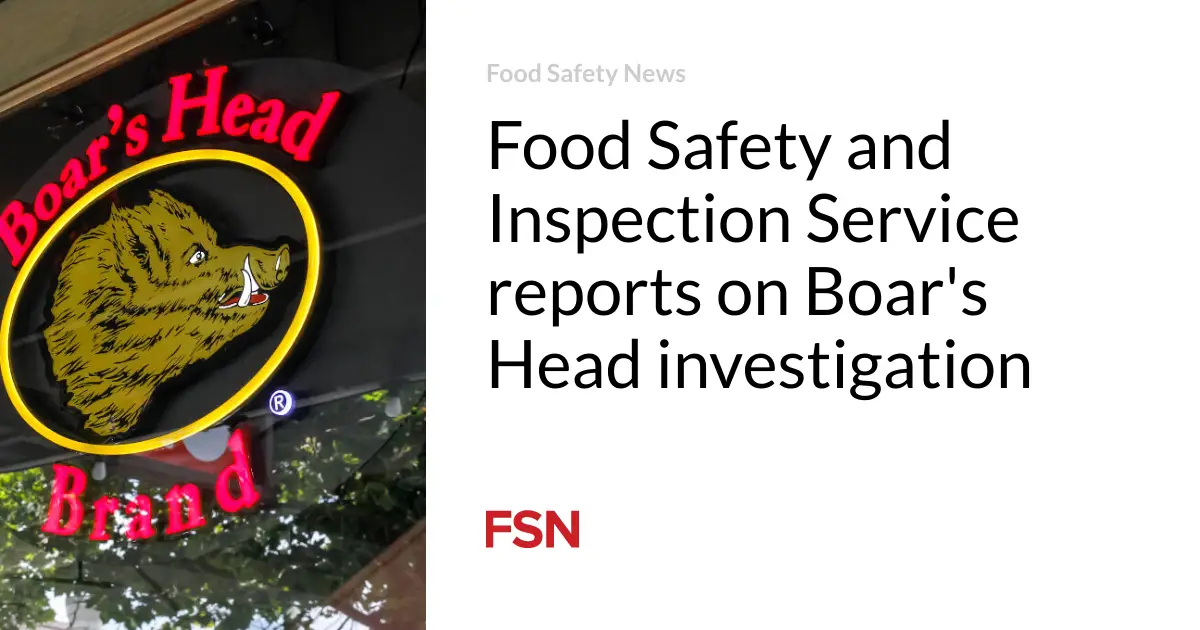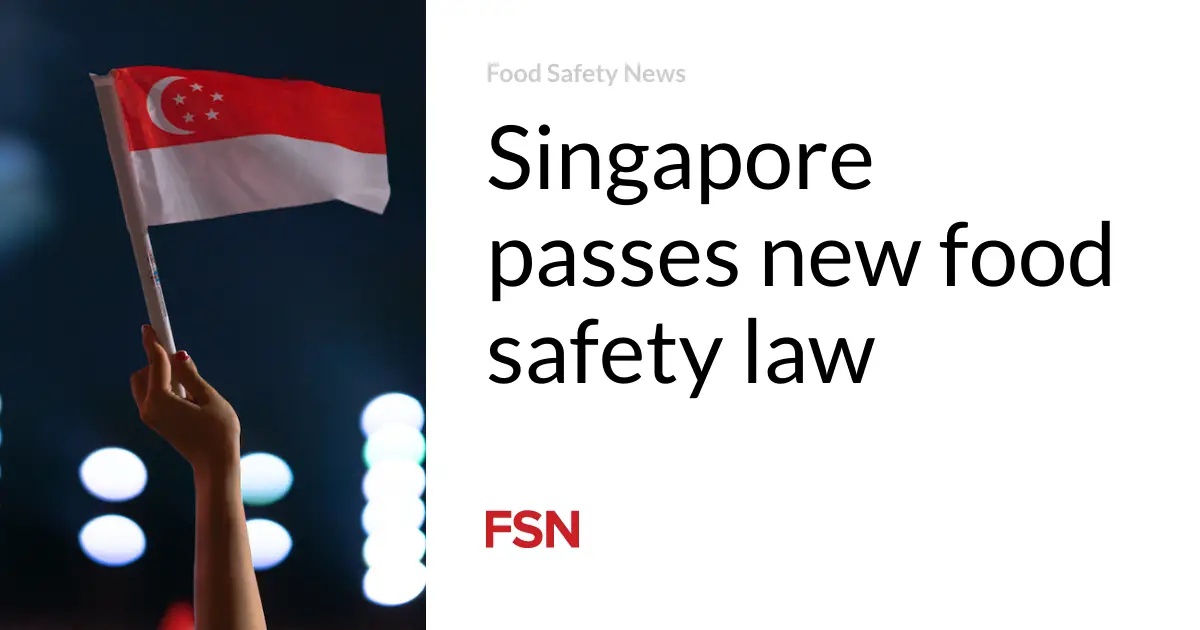
Scientists have warned that the prevalence of Vibrio in seafood is expected to increase because of climate change.
An assessment by the European Food Safety Authority (EFSA) anticipated that the occurrence and levels of Vibrio in seafood will rise in response to coastal warming and extreme weather events, like heatwaves.
Vibrios are waterborne bacteria that mainly live in marine coastal waters and brackish areas (where rivers meet the sea) and thrive in warm waters with moderate salinity.
Vibrio parahaemolyticus, Vibrio vulnificus, and non‐O1/non‐O139 Vibrio cholerae are the species of highest relevance for public health in the EU through seafood consumption, according to the scientific opinion, which did not cover infections from environmental, recreational, or occupational exposure.
European situation
Experts assessed 46 studies in 16 countries covering the 2000 to 2022 period. Vibrio parahaemolyticus was found in 20 percent of more than 10,600 tested seafood samples, with one in five positives containing pathogenic strains. Vibrio vulnificus was detected in around 6 percent of almost 3,000 seafood samples. The prevalence of Non-chlorogenic Vibrio cholera was estimated at 4 percent.
In the EU, 32 outbreaks caused by Vibrio in seafood were reported from 2010 to 2021, causing 221 cases, of which 57 were hospitalized. 75 Rapid Alert System for Food and Feed (RASFF) notifications covering Vibrio in seafood were reported between 2010 and January 2023. Only four were associated with food of EU origin.
Australia’s largest Vibrio parahaemolyticus outbreak in raw oysters in 2021 affected more than 250 people and led to Food Standards Australia New Zealand (FSANZ) requesting information from several countries, including those in the EU, about Vibrio in 2022.
In 2022, the German Federal Institute for Risk Assessment (BfR) published a health risk assessment on the occurrence of Vibrio in food, which said that the consumption of raw or insufficiently cooked food products is one of the most critical factors for transmission.
Towards compulsory reporting?
Measures such as high‐pressure processing, irradiation, or depuration reduce the levels of Vibrio in seafood, but maintaining the cold chain is essential to prevent their growth.
Consumer recommendations include proper handling and cooking of seafood and avoiding the consumption of raw or undercooked products, especially for vulnerable individuals.
Changes in temperature, salinity, pH, oxygen concentration, and starvation can induce the viable but non-culturable state in vibrios and form biofilms.
Studies on Vibrio isolates found in seafood or from isolates causing foodborne infections in Europe detected resistance to several antimicrobials, including those of last resort.
Scientists said a priority for future research is establishing an EU-wide baseline survey for Vibrio in seafood products, including at the primary production and retail stages. They recommended developing a case definition for human vibriosis at the EU level and considering vibriosis for compulsory reporting.
(To sign up for a free subscription to Food Safety News, click here.)






